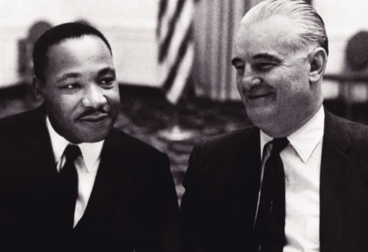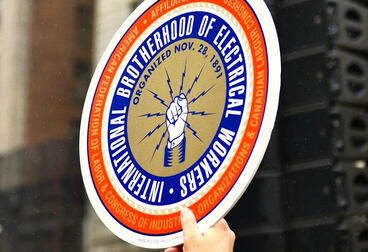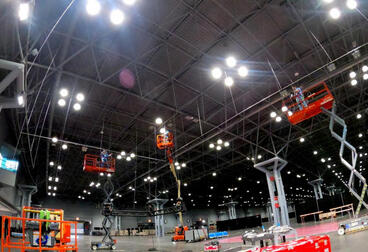The Hudson River crossing between Nyack and Tarrytown, N.Y., is a terrible place to build a bridge. The river is three miles across, one of the widest spots on the entire river, where, in places, the bedrock sits deep beneath hundreds of feet of sandy riverbed. The river’s banks, lined north and south with homes, businesses and vigilantly protected wetlands, offer no place for staging construction materials, and to complicate things further, there was already a bridge in the way – the 60-year-old Tappan Zee, a bridge so underbuilt due to the Korean War-era steel shortage that replacement planning began almost as soon as the ribbon was cut.
Every day, nearly 140,000 cars crossed the rickety four-lane artery, one of the most notorious chokepoints along the New York State Thruway, the lifeline linking New York City to the rest of the state and New England beyond. So how did such a difficult, ambitious and desperately-needed infrastructure project – a bridge replacement that had been stalled for decades – get delivered on time and under budget? Without drama.
On Labor Day 2018, after decades of delays and worries, the Gov. Mario Cuomo Bridge, a $4 billion, 3-mile, twin-span cable stayed bridge was on track to be delivered, as promised, built in just five years with union labor and American steel.
“Was there any real bad news once we started building? I didn’t hear any,” said International Executive Council Chairman and New York Local 3 Business Manager Chris Erikson. “Nothing.” The straightforward, no-drama construction process of the new bridge stood in stark contrast to the white-knuckle experience of driving across the old Tappan Zee, which 30 years ago exceeded its original expected traffic volume by five times.
Click here to read more from the IBEW.


